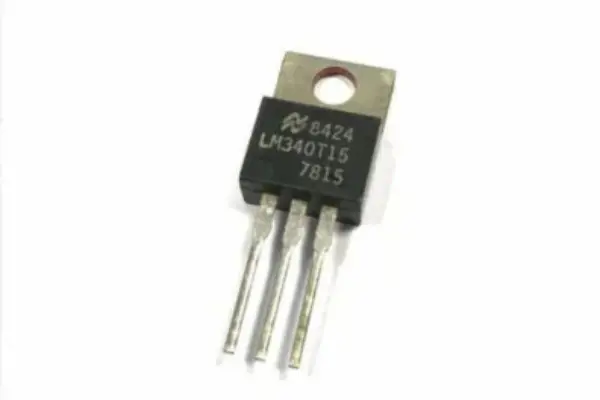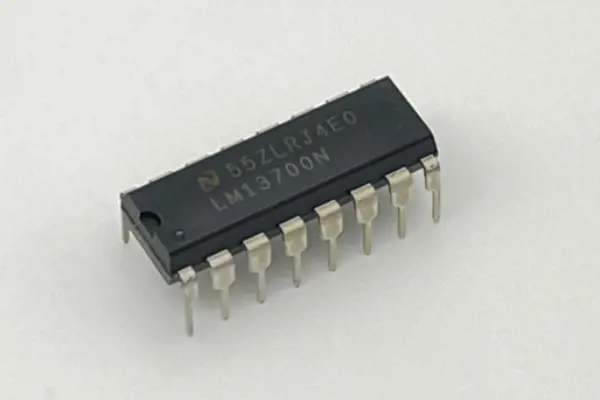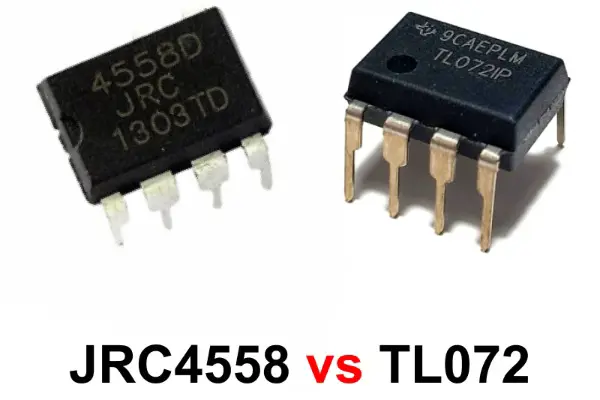1N914 vs 1N4148: What are Differences and How to Choose
 Published: Dec 05, 2023
Published: Dec 05, 2023
Contents
In the realm of signal diodes, the J1N914 and 1N4148 stand as two common choices, each with its unique characteristics and applications. These small semiconductor devices play a crucial role in electronic circuits, serving purposes like signal rectification, switching, and protection.
Understanding the differences between the J1N914 and 1N4148 diodes is vital for engineers, hobbyists, and electronics enthusiasts looking to optimize circuit performance. This article aims to dissect the distinctions between these diodes, explore their specifications, and provide insights into the factors that guide the selection between the J1N914 and 1N4148 diodes for diverse electronic applications.
What is 1N914
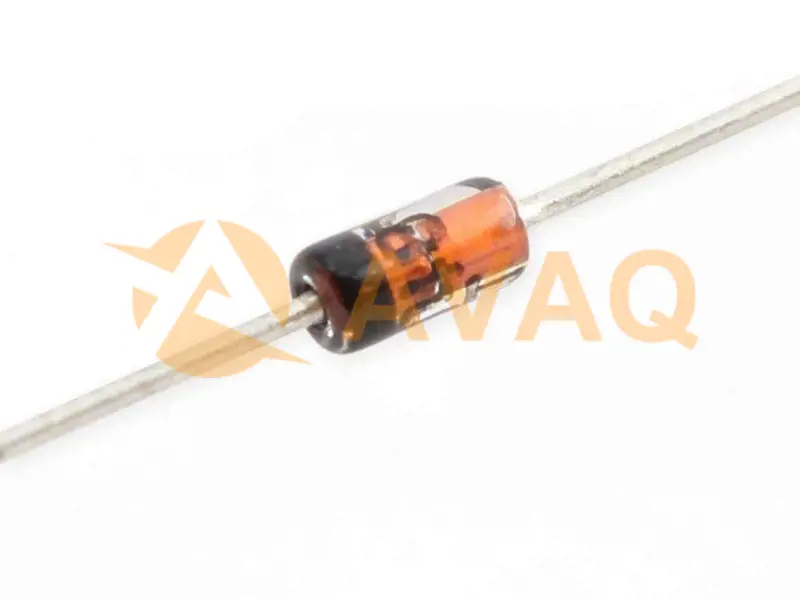
1N914 Overview
1N914 diode is a small signal diode which is an alternative to 1N4148.1N914 diode allows the current to flow only in one direction and restricts it to flow in the other direction.It operates at a junction temperature of 175C and has a forward inrush current of 4A.Hence, it is widely used in power management and industrial applications.
The 1N914 diode is used in different portable devices where it produces maximum resistance in one direction and zero resistance in the other direction. As a result, the current will flow in one direction only. This unidirectional behavior is called rectification and can change the current from AC to DC.
Typically, the 1N914 is a polarized assembly that includes two terminals, anode and cathode. The silver marking on this diode will indicate the cathode terminal. The diode will conduct only when some form of lake threshold voltage is present when connected in forward bias mode, so it will trap current in reverse bias mode.
In addition, the 1N914 diode has non-linear VI characteristics, but can be modified with the help of specific semiconductor and doping impurities that diffuse into this diode material throughout the diode manufacturing process.
1N914 Pinout
The 1N914 diode includes two terminals, and the 1N914 diode symbols and pinout are shown below,

Pin Configuration
|
Pin No. |
Pin Name |
Description |
|
1 |
Anode |
Current flows into the diode through the Anode |
|
2 |
Cathode |
Current exits the diode through the Cathode |
1N914 Specifications and Features
- It Is a fast switching diode
- Peak repetitive reverse voltage (VRRM) of 100V
- RMS reverse voltage of 75V
- Maximum forward inrush current is 4A
- Forward continuous current is 300mA
- Reverse recovery time 8ns
- Accessed in DO-35 package
- Switching speed (Max) is 4ns
- Constant reverse voltage (Max) of 75V
- Maximum repetitive peak reverse voltage is 100V
- Maximum repeat peak forward current of 225mA
- Fast switching speed
- High reliability and conductivity
- RoHS/Pb-free
- Weight 0.013 grams
- Displays maximum conductance in one direction only and blocks current flow in the other directions
- Highly reliable and low cost
- Used in general purpose based switching applications
- Very durable and meets AEC-Q101 standards.
1N914 Application Circuit
The 1N914 diode handles low voltages and currents, and the diode can switch at maximum speed, so it can be used in switch-based applications, but not in rectifier-based applications. The diode only allows current to flow from the anode side to the cathode in one way.
The 1N914 diode has a maximum current-carrying capacity of 300mA and can resist peaks of up to 4Amps. At a forward current of 10mA, the diode has a fast recovery time of 8ns; therefore this diode is suitable for areas where fast switching is required.
The following is a brief description of a transformerless power supply circuit for lighting LEDs. In this circuit the 1N914 diode plays a key role, the capacitor should be rated >200V and it must have polysilicon/metalized polyester. In this application circuit a 1K resistor is used to limit the inrush current so the wattage of the resistor must be above 1W.

The diode in the circuit is connected in anti-parallel with the LED, the main function of this diode is to limit the reverse voltage beyond the light emitting diode. The diode provides access to the negative half-cycle because the LED is connected to the AC power supply.
The principle of operation of this particular circuit is similar to that of a 15 to 20mA stabilized current source, based on the voltage bias of the LEDs and the stability of the power line through the 60Hz nominal power frequency. Placing two switches on the series element of a single LED allows the viewer to include three colors. In this circuit, the current can be controlled by changing the value of the capacitor. Therefore, the power LEDs also work directly with AC power.
Equivalent and Alternative Part
- Equivalent: 1N4148
- Alternative Part: 1N4007、1N5408、1N4733A、1N5822
1N914 Application
The applications of 1N914 diodes include the following.
- Used for power conversion, rectifiers can be made from these diodes to convert AC to DC to provide better performance.
- Reactive electronic devices can be protected from overvoltage. In standard conditions, these types of diodes are connected in reverse bias and they do not conduct. As soon as any high voltage surge occurs, current is supplied and they are connected with forward bias.
- There are many ICs that are integrated with these types of diodes that stop voltage surges and prevent damage to the response transistor.
- Widely used in industrial applications.
- Can be used in portable and power management devices.
- Used for demodulation of AM radio signals.
- Integrated with other components to form logic gates such as OR&AND.
- Widely used as temperature sensing devices because the forward voltage drop is very temperature dependent.
1N914 Datasheet PDF
Download 1N914 datasheet pdf here>>
What is 1N4148
1N4148 Overview
1N4148 diodes are mainly used for fast switching and are known as high speed switching diodes. 1N4148 diodes allow current to flow in only one direction.
The 1N4148 diode, with a maximum current-carrying capacity of 300mA, can withstand peaks of up to 2A. 1N4148 diodes are characterized by a fast recovery time of 8ns at a forward current of 10mA.
1N4148 Pinout

1N4148 Diode CAD Model
3D model

Symbol

1N4148 Specifications and Features
- Package Type: DO-35, DO-14, SOD123, LL34, SOD323, SOT23, SOD523, 0805
- Diode type: silicon epitaxial fast switching diode
- Maximum repeatable reverse voltage: 100 V
- Maximum average rectifier current: 15A or 150mA
- Maximum power consumption: 5W
- Reverse voltage shall be: 75V
- Maximum storage and operating temperature should be: -65 to +175 °C
- Maximum current-carrying capacity is 300mA
- Recovery time: 8ns
- Power consumption range: 80mW to 1kW
How Does 1N4148 Work?
The 1N4148 diode operates similarly to a signal diode, allowing current to flow in a single direction, i.e., from the anode to the cathode.
Depending on the connection across the voltage source, the 1N4148 diode has two modes of operation: forward biased and reverse biased.
In forward biased mode of operation, it allows current to flow through it and acts as a closed switch, while in reverse biased mode of operation, it acts as an open switch and does not allow current to flow through it. This is shown in the figure below:

1. Forward bias mode
In forward bias mode, it works like a closed switch and allows current to flow through it.
2. Reverse bias mode
In reverse bias mode, it works as an open switch and does not allow current to flow.
Below the specified voltage (cutoff voltage), the diode shows high resistance and above that specific voltage, it shows low resistance.
The figure below shows the equivalent circuit for the two diode states:
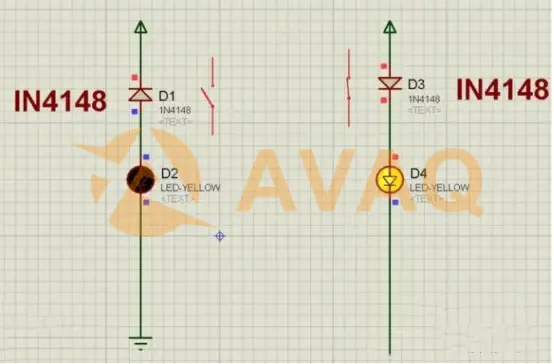
Alternative
Equivalent and replacement 1N4148 diodes are: 1N914, 1N914B, IN914A, 1N916A, 1N916, 1N916B, 1N4448WS, 1N4448, 1N4148WS and 1N4448W.
1N4148 Application
- For different electronic applications requiring AC to DC conversion
- Protects different electronic components from damage by blocking voltage spikes
- For digital logic circuits
- General purpose and high speed switches
- Component protection
- Rectification
- Signal filtering
- Blocking input voltage where it is not needed
- Used in different circuits such as power supply, voltage doubling and battery charger circuits
Temperature Sensor Circuit Diagram Using 1N4148 Diode
The circuit diagram of a temperature sensor using a 1N4148 diode is shown in the figure below, and there are many electronic components with special features to choose from. One of these components is the 1N4148 diode because it is a high speed diode with a current of 100 V and 450 mA and its switching speed is 4th.
In this circuit, the 1n4148 diode is used as a temperature sensor due to many characteristics which change with temperature.
The components required for this circuit are resistors 1.5K, 15k, variable resistors VR1 and VR2 - 10K, IC741, 1N4148 diode, ZD1 - 5.6v.
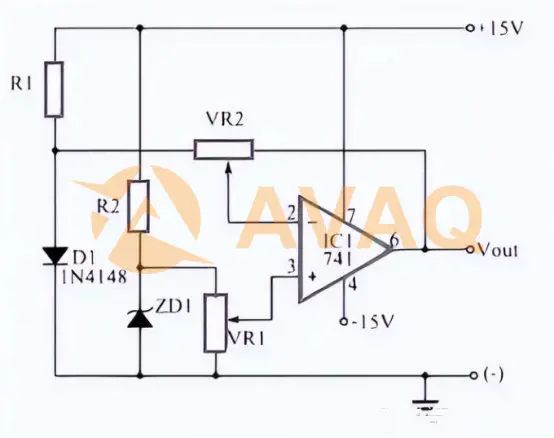
Obviously, there is no comparison with a sensor, but it is very useful for some electronic circuits used for low precision, where only the identification of whether the component is cold or hot is required. The above circuit measures temperature in a simple way with the help of a multimeter.
The circuit uses a 1N4148 diode and variable resistors such as VR1 and VR2 should both be adjusted by a thermometer, which is a more accurate measurement. On the multimeter scale, the Celsius scale can be evaluated by volts.
Related Brand
Diodes
Vishay Semiconductor
VISHAY
Microsemi
Fairchild
Panjit
Micro Commercial Components
NXP
ON Semiconductor
1N4148 Datasheet PDF
Download 1N4148 datasheet pdf here>>
1N914 vs 1N4148: What are Differences and How to Choose
Actually, diodes like 1N4148 and 1N914 can be used interchangeably, but the 1N4148 diode is an advanced version of the 1N914, however, there isn't much of a difference in terms of technology, but the main difference is that the 1N4148 has less leakage current when compared to the 1N914 diode.
According to manufacturers such as Digikey and NXP, the 1N4148 leakage current varies to 25nA, so this would make the 1N4148 diode more of a selection advantage over the 1N914 diode.
Difference between 1N914 vs 1N4148
|
Parameter |
1N914 |
1N4148 |
|
Configuration |
Unidirectional small signal diode |
Unidirectional small signal diode |
|
Maximum Rep. Reverse Voltage |
100V |
100V |
|
Forward Surge Current |
4A (1µs pulse), 1A (1s pulse) |
4A (1µs pulse), 1A (1s pulse) |
|
Power Dissipation |
500mW |
500mW |
|
Operating Temp. |
Up to 175°C |
Up to 175°C |
|
Forward Voltage (@10mA) |
1V |
1V |
|
Reverse Recovery Time |
4ns |
4ns |
|
Total Capacitance |
- |
4pF at 1MHz |
|
Package |
DO-204AH |
DO-35 |
|
Applications |
Small signal diode |
Small signal diode |
Advantages and Disadvantages of 1N914 vs 1N4148
Both the 1N914 and 1N4148 diodes have their own set of advantages and disadvantages:
Advantages of 1N914:
- Lower Forward Voltage: The 1N914 typically has a slightly lower forward voltage (1V @ 10mA) compared to 1N4148 (1V @ 10mA).
- Higher Surge Current: It can handle a higher surge current of 4A for a 1µs pulse and 1A for a 1s pulse.
- Higher Maximum Repetitive Reverse Voltage: 1N914 has a maximum repetitive reverse voltage of 100V.
- Operating Temperature Range: It operates within a temperature range of -65°C to 175°C.
Disadvantages of 1N914:
- Total Capacitance Not Specified: The datasheet does not specify total capacitance.
- Limited Specific Data: Detailed specifications might be comparatively limited in some aspects when compared to 1N4148's datasheet.
Advantages of 1N4148:
- Total Capacitance Specified: It provides information about total capacitance (4pF at 1MHz).
- Similar Forward Voltage: While similar to 1N914, it has a forward voltage of 1V @ 10mA.
- General Usage: Known for its high conductance and suitability for various applications.
Disadvantages of 1N4148:
- Slightly Lower Surge Current: It has a slightly lower surge current rating compared to 1N914.
- Similar Operating Characteristics: The differences might not be significant depending on specific application requirements.
How to Choose Between 1N914 vs 1N4148
Choosing between the 1N914 and 1N4148 diodes often depends on the specific requirements of your application. Here's a guideline to help you decide:
- Forward Voltage Requirements: If your application demands a slightly lower forward voltage, the 1N914 might be preferred as it typically has a slightly lower forward voltage compared to the 1N4148.
- Surge Current: If your circuit experiences high surge currents, the 1N914 might be a better choice as it can handle a higher surge current compared to the 1N4148.
- Maximum Repetitive Reverse Voltage: Both diodes have a maximum repetitive reverse voltage of 100V, so if your application requires this specific voltage rating, either diode could work.
- Temperature Range: Consider the operating temperature range. Both diodes operate within the same range (-65°C to 175°C).
- Total Capacitance Requirement: If your design relies on a specific total capacitance specification, the 1N4148 provides this information (4pF at 1MHz), while the 1N914 datasheet does not specify total capacitance.
- Application Specifics: Consider any additional requirements or specifications unique to your application. Both diodes are small signal diodes and are suitable for various applications, but certain nuances in performance might make one more suitable than the other for your specific use case.
- Availability and Cost: Check the availability and cost of each diode. Sometimes one might be more readily available or cost-effective than the other, influencing the choice.
Summary
In conclusion, the choice between the J1N914 and 1N4148 diodes boils down to the specific requirements of your circuit or project. Both diodes share similarities in terms of performance and application but possess nuanced differences that make them suitable for particular scenarios.
Whether it's the J1N914's lower leakage current or the 1N4148's slightly higher switching speed, understanding these distinctions aids in making an informed decision. Considering factors such as forward voltage, current ratings, switching speed, and the intended use of the diode will guide you in selecting the ideal component for your electronic design. By weighing these attributes against the requirements of your circuit, you can confidently choose between the J1N914 and 1N4148 diodes, ensuring optimal performance and functionality in your projects.
 FAQ
FAQ
- What are their typical applications?
- These diodes are commonly used in general-purpose applications such as signal rectification, signal demodulation, switching circuits, and protection in electronic circuits.
- Are there any differences in package types or physical dimensions?
- Typically, both diodes come in the same DO-35 axial package and have the same physical dimensions. Ensure the physical package suits your circuit board and soldering requirements.
- How do I choose between the J1N914 and 1N4148?
- Choose based on availability and the specific manufacturer you prefer or have access to. Both diodes have the same specifications and will perform similarly in most applications. If one is readily available or more cost-effective, it's a suitable choice.
- Can they be used interchangeably in circuits?
- Yes, they can be used interchangeably in most cases. Electrically, they have almost identical characteristics, including forward voltage drop, reverse voltage rating, and switching speed.
1N914BWS In Stock: 6981
 Popular Industry Focus
Popular Industry Focus
Hot Products
-
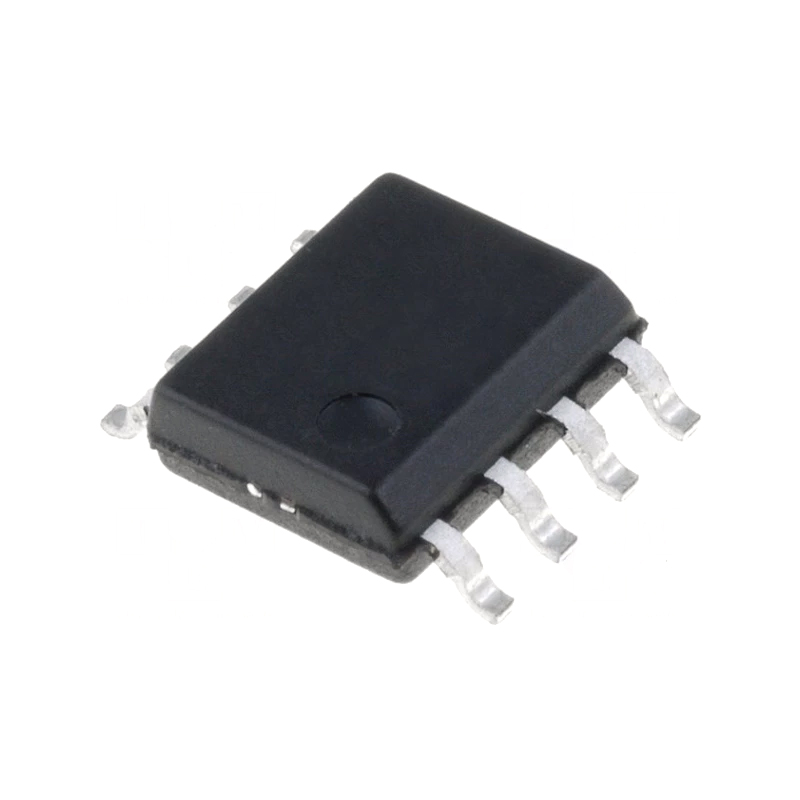
FAN7544MX
ON Semiconductor, LLC
Display Drivers & Controllers Electronic Ballast Controller
-
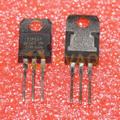
TIP117
ON Semiconductor, LLC
PNP Epitaxial Silicon Darlington Transistor
-
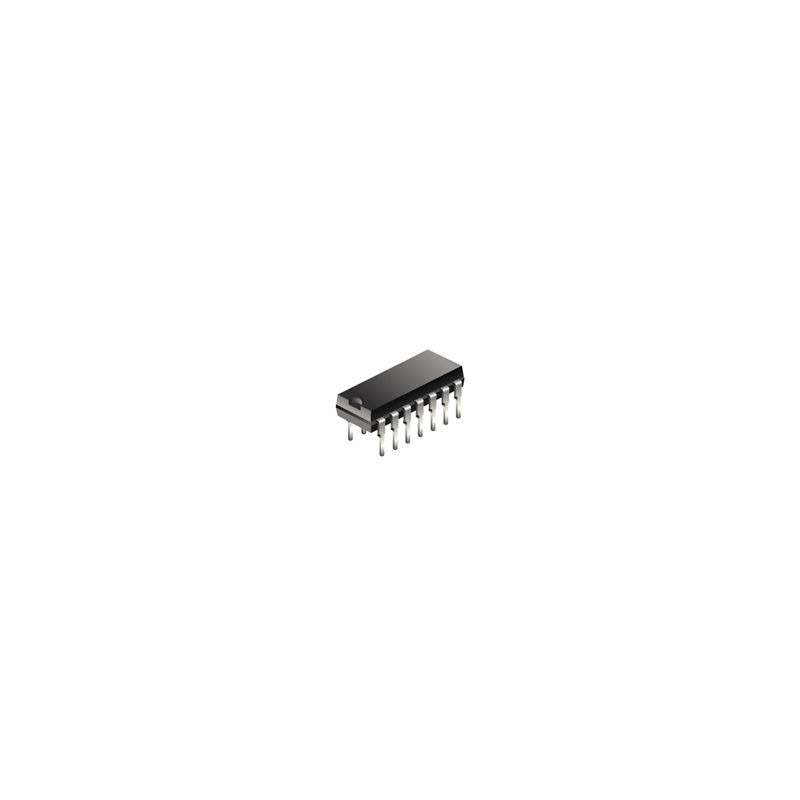
NE592N14G
ON Semiconductor, LLC
Video Amplifier
-
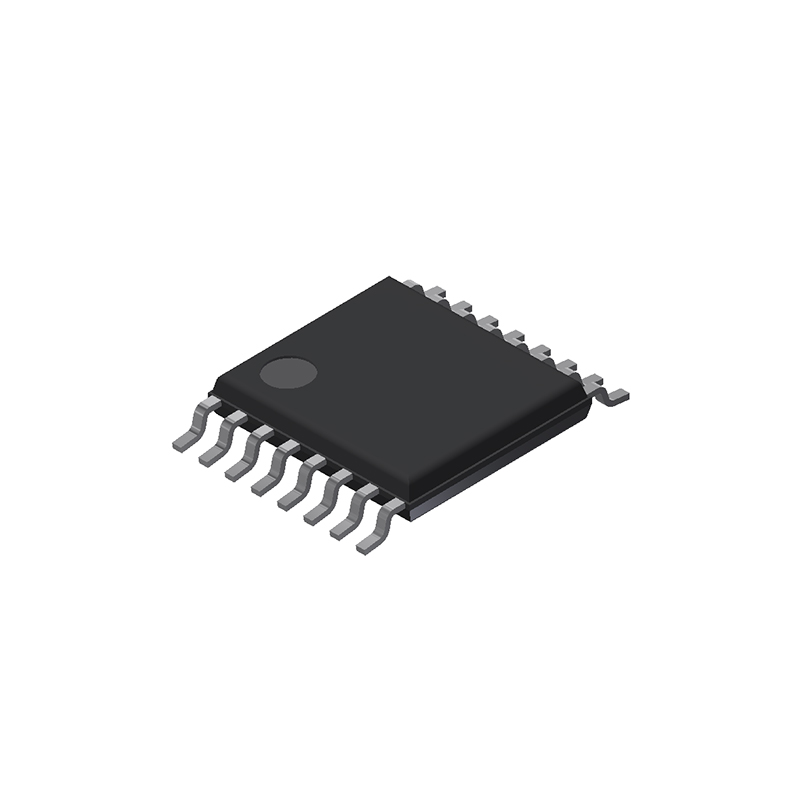
NCV7381CDP0R2G
ON Semiconductor, LLC
1/1 Transceiver Half FlexRay 16-SSOP
-
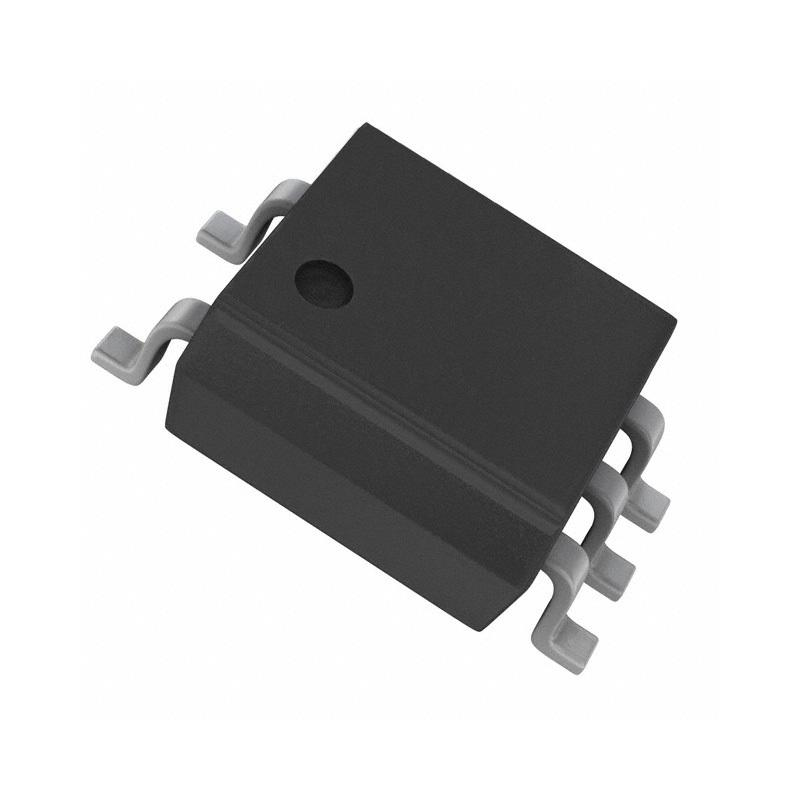
MC14043BDG
ON Semiconductor, LLC
S-R Latch 4 Channel 1:1 IC Tri-State 16-SOIC
-
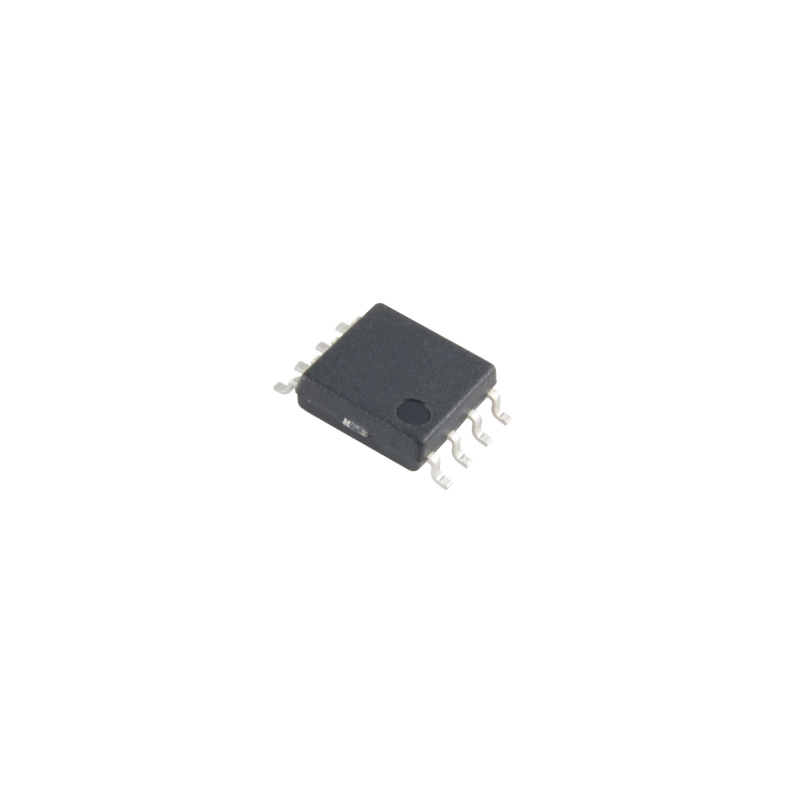
FFSH5065A
ON Semiconductor, LLC
Silicon Carbide (SiC) Schottky Diode – EliteSiC, 50 A, 650 V, D1, TO-247-2L
Related Parts
-

FFSH5065A
ON Semiconductor, LLC
Silicon Carbide (SiC) Schottky Diode – EliteSiC, 50 A, 650 V, D1, TO-247-2L
-
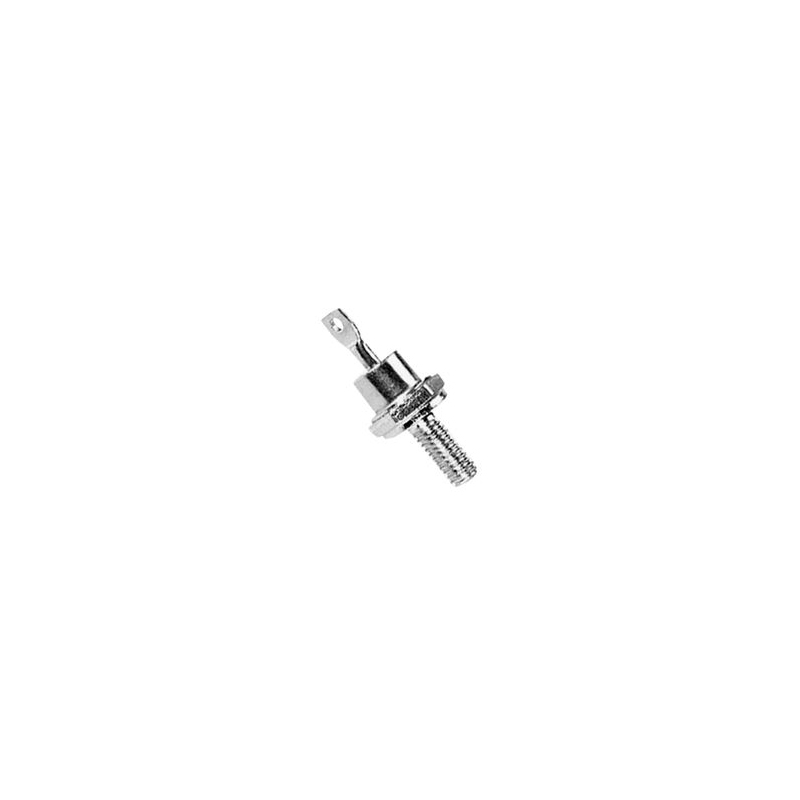
1N5925BRLG
ON Semiconductor, LLC
3.0 W Zener Diode Voltage Regulator
-

B80C800DM-E3/45
Vishay Intertechnology, Inc
Bridge Rectifier Single Phase Standard 125 V Through Hole DFM
-

JAN1N5293-1
Microchip Technology, Inc
Current Regulator Diodes Current Regulators
-
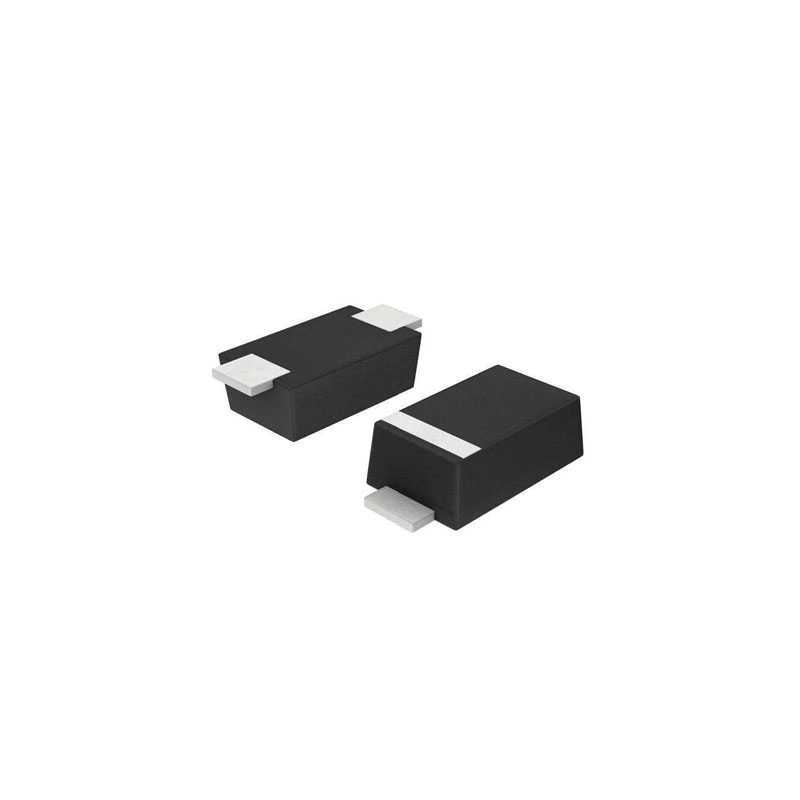
S-822T
SEMITEC Corporation
Current Regulator Diodes 50V 8.2mA
-

BB 814 E6327 GR1
Infineon Technologies Corporation
Varactor Diodes 50mA Silicn Variable Capacitance Diode
-
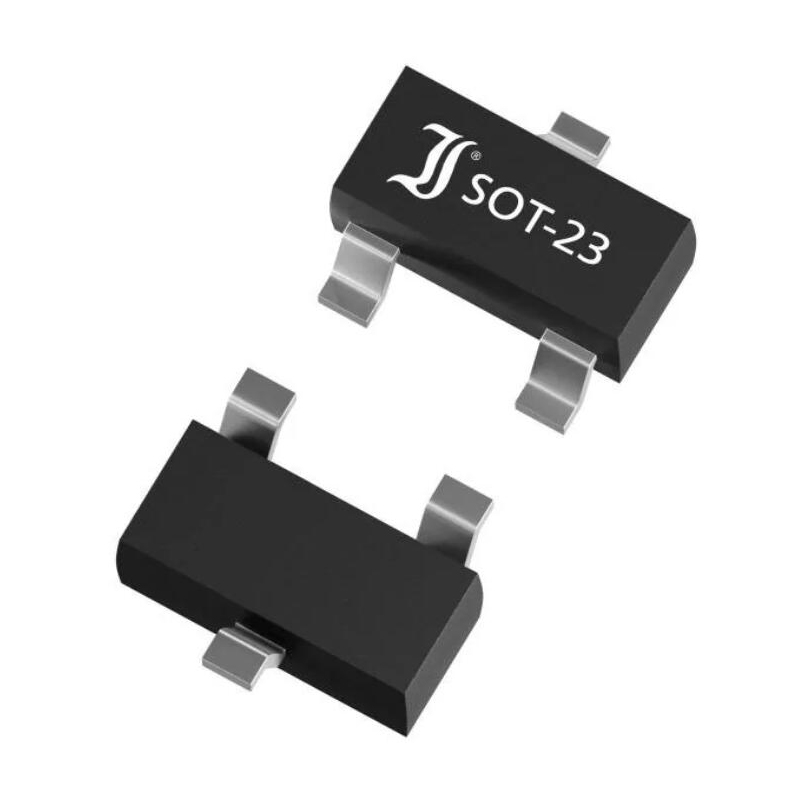
HSMS-286C-TR1G
Broadcom Corporation
HSMS-286C-TR1G,DIODE, SCHOTTKY , SMT, SOT-323, HYBRID IC<AZ
-

BZX84-C12,215
Nexperia Semiconductor (NXP)
Voltage regulator diodes
-
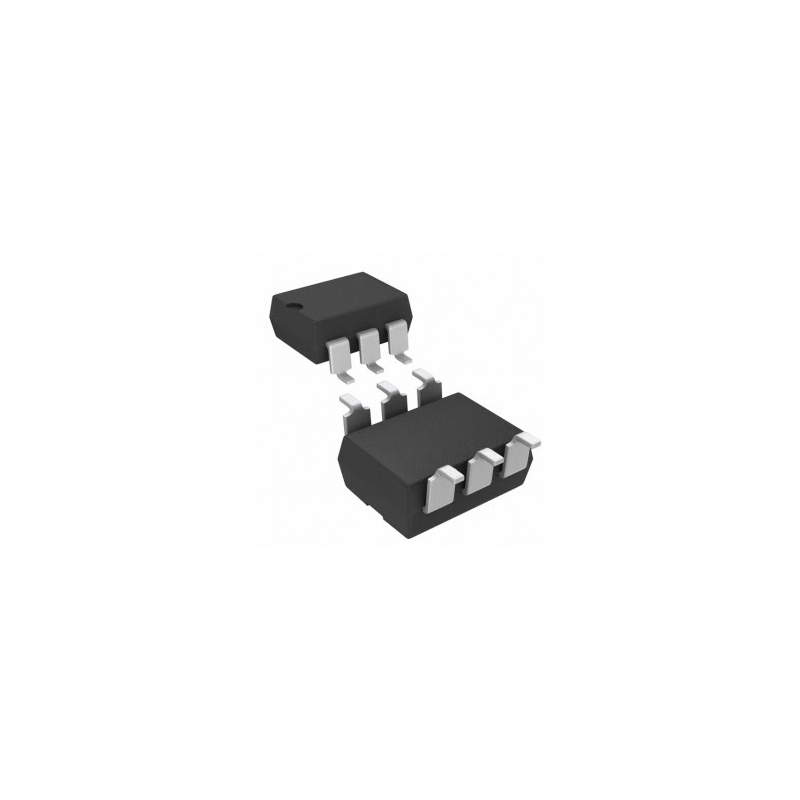
MADP-011027-14150T
MACOM Technology Solutions
PIN Diodes .5-12GHz Ls=.4nH 100W Pk
-
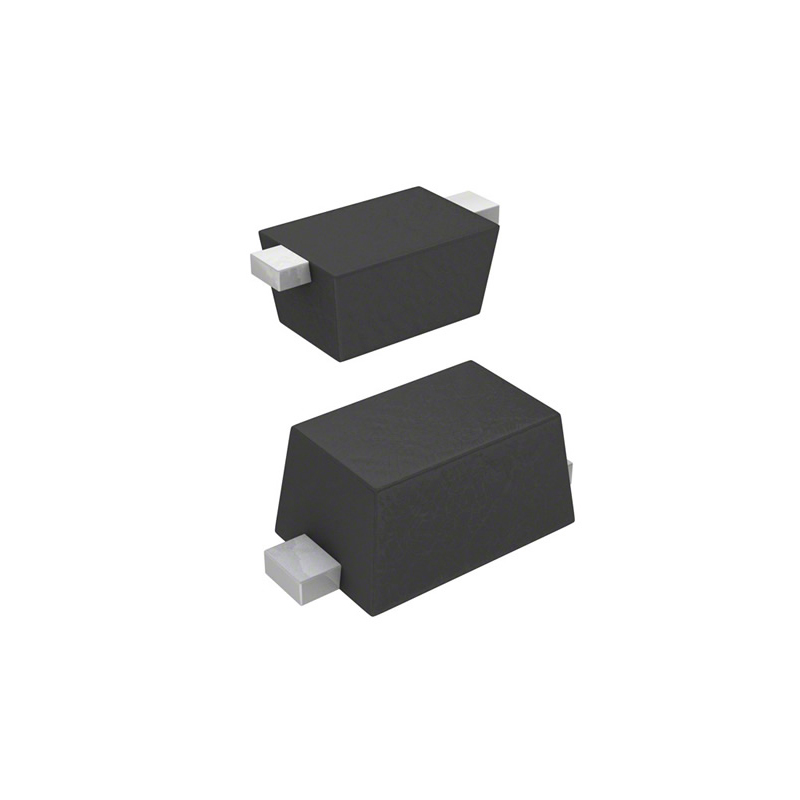
SMVA1248-079LF
Skyworks Solutions, Inc
Varactor Diodes Ls.7nH SC-79 Single
-
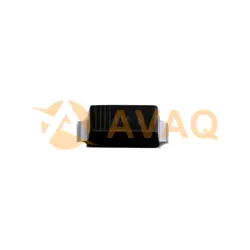
PMEG6030ETPX
Nexperia Semiconductor (NXP)
High-temperature 60 V, 3 A Schottky barrier rectifier
-

BZX84C24VLYT116
ROHM Semiconductor
Zener Diodes 250mW, 24V, SOT-23, Zener Diode (BZX84C series)
-

JANTX1N5286-1
Microchip Technology, Inc
Current Regulator Diode 100V 0.33mA 500mW 2-Pin DO-7 Bag
-
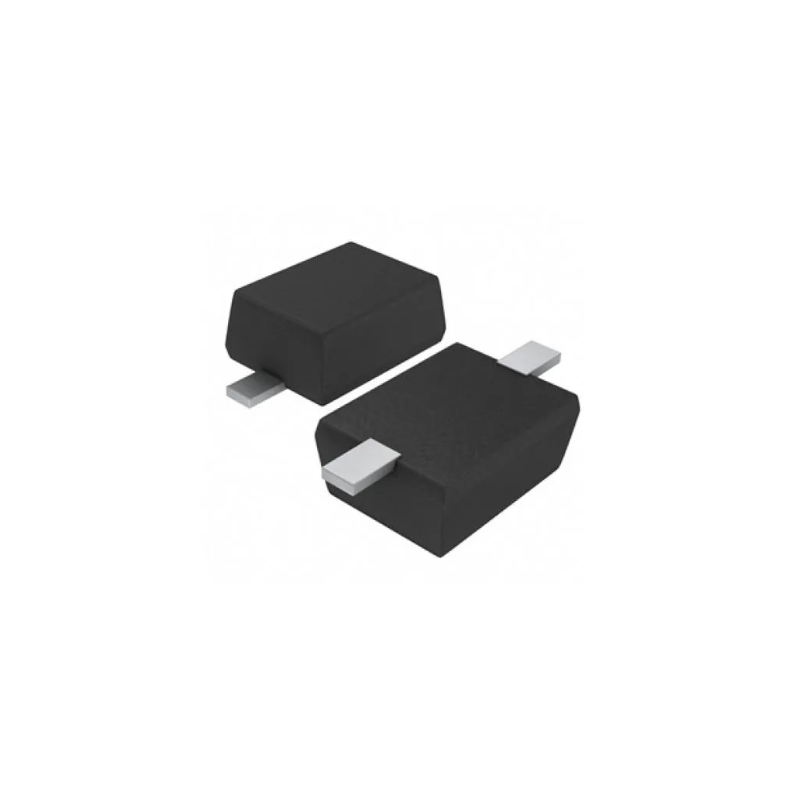
MM3Z2V7T1G
ON Semiconductor, LLC
<p>A complete series of Zener diodes is offered in the convenient SOD-323 package.</p>
-

BB659H7902XTSA1
Infineon Technologies Corporation
Diode VAR Cap Single 35V 36pF 2-Pin SCD-80 T/R

 Update Time: Dec 06, 2023 Consumer Electronics
Update Time: Dec 06, 2023 Consumer Electronics